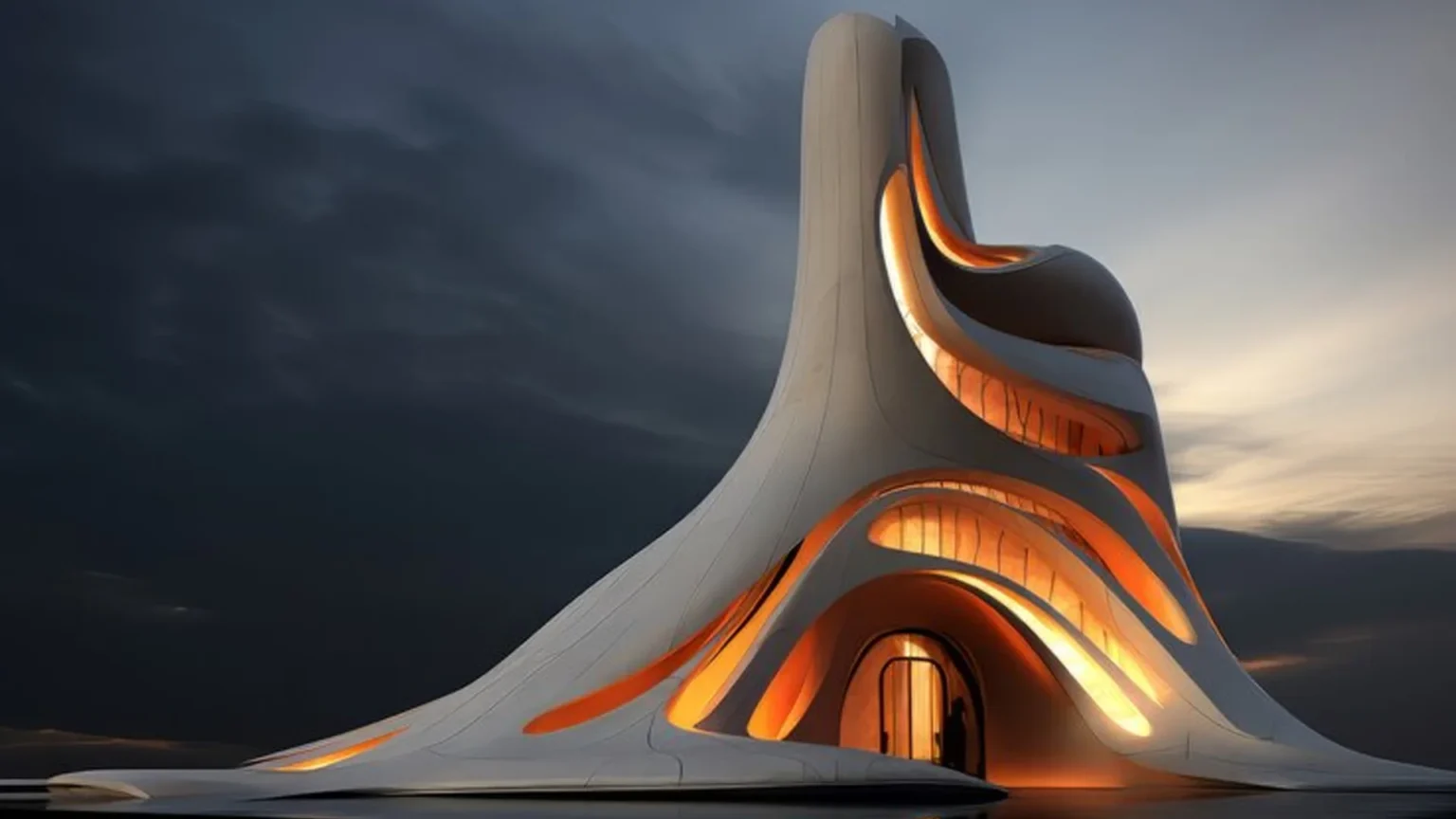Edmund Rice Architecture was born in 1762 in Callan, County Kilkenny, Ireland, and became a pivotal figure in education and religious life during the late 18th and early 19th centuries. After suffering a personal tragedy, he devoted himself to helping marginalized youth, which led to the founding of the Christian Brothers in 1802. His educational philosophy—centered on compassion, integrity, and faith—also shaped the architectural designs associated with his influence.
Historical Context of Edmund Rice’s Architectural Vision
Early Life and Influences
Rice’s Catholic upbringing instilled in him a strong sense of social justice and community service, which greatly influenced his vision for architecture. He viewed buildings as more than physical structures—they were spaces of hope, learning, and personal growth.
The Christian Brothers and Architectural Influence
The establishment of the Christian Brothers was a turning point that impacted his architectural philosophy. He aimed to create environments that promoted both education and spiritual growth, where students could feel a sense of belonging and community. This mission shaped the design of schools and churches, which were functional but also spiritually uplifting.
Key Features of Edmund Rice-Inspired Architecture
Thoughtful Use of Space
One of the defining traits of buildings inspired by Edmund Rice is the deliberate use of space. Open and airy layouts encourage interaction and collaboration. Classrooms are flexible to accommodate various teaching methods, while communal areas foster a sense of community and socialization.
Symbolism in Design
Edmund Rice architecture often incorporates religious symbols, such as crosses or stained glass, reinforcing the connection between faith and education. These symbolic elements serve as constant reminders of the spiritual values at the heart of the mission.
Integration of Natural Elements
Nature plays a vital role in Edmund Rice-inspired designs. Many buildings feature large windows, gardens, and courtyards, inviting natural light and the outdoors into the learning environment. This not only enhances aesthetics but also promotes well-being by creating calming, restorative spaces.
Notable Projects and Buildings
Educational Institutions
Edmund Rice’s architectural legacy is most evident in the schools established by the Christian Brothers. These institutions are designed to provide supportive and nurturing environments. For instance:
- Christian Brothers High School, Sacramento: A modern design with natural light and spacious areas that promote collaboration.
- St. Joseph’s College, Sydney: A blend of heritage buildings and contemporary facilities that embody a balance between tradition and innovation in education.
Churches and Places of Worship
His architectural influence extends to religious structures as well. Churches associated with his legacy often feature classical elements such as domes and columns. St. Patrick’s Cathedral in Melbourne, for example, is known for its intricate stained glass and grand interiors that inspire reverence.
Edmund Rice’s Educational Approach in Architecture
Creating Learning-Focused Spaces
Buildings inspired by Edmund Rice are designed to enhance learning. Classrooms are equipped with flexible furniture and technology, promoting interactive and collaborative learning environments. These spaces encourage students to engage in group work, fostering deeper understanding and participation.
Community Engagement
His designs emphasize community engagement. Schools and churches often include multipurpose spaces that can be used for events and community gatherings, fostering collaboration between students, families, and the wider community.
Contemporary Interpretations of Edmund Rice Architecture
Sustainability in Design
Modern interpretations of Edmund Rice’s architectural principles include a focus on sustainability. Eco-friendly materials, energy-efficient systems, and sustainable landscaping practices have become central in contemporary designs, aligning with the Christian Brothers’ values of environmental stewardship.
Modern Adaptations
Today’s architects continue to build on Rice’s vision, incorporating open spaces, natural light, and community-focused design. Modern adaptations include cutting-edge design technologies that create functional, modern educational environments while honoring Rice’s original principles of faith, education, and community.
Conclusion
Edmund Rice’s architectural philosophy reflects the deep connection between faith and design. His vision has influenced the creation of educational and religious buildings that emphasize community, spirituality, and learning. As architects and educators look to the future, the principles embedded in Edmund Rice’s architecture continue to inspire spaces that nurture both the mind and the soul.
FAQs
What is Edmund Rice architecture?
Edmund Rice architecture refers to the architectural style influenced by Edmund Rice, focusing on creating spaces that foster learning, community, and spiritual growth through thoughtful design, symbolism, and natural integration.
How did Edmund Rice influence educational architecture?
Rice influenced educational architecture by establishing schools that emphasize open, collaborative spaces, faith-based elements, and environments supporting diverse learning styles and community engagement.
What are key features of buildings inspired by Edmund Rice?
Key features include flexible use of space, natural elements, religious symbolism, and communal areas designed to foster interaction and learning.
Are there modern adaptations of Edmund Rice architecture?
Yes, modern adaptations incorporate sustainability and innovative design technologies while maintaining core values of community, spirituality, and flexible learning environments.










